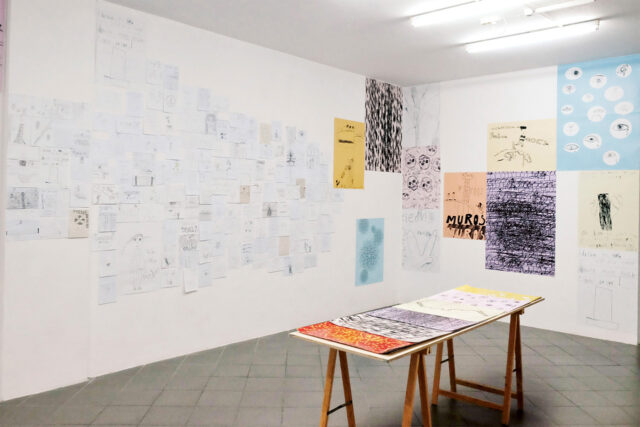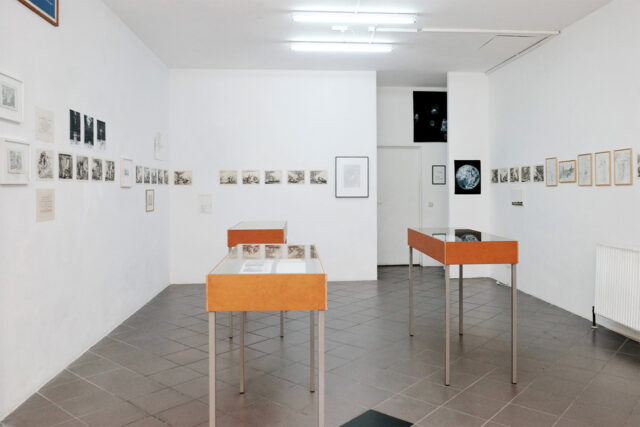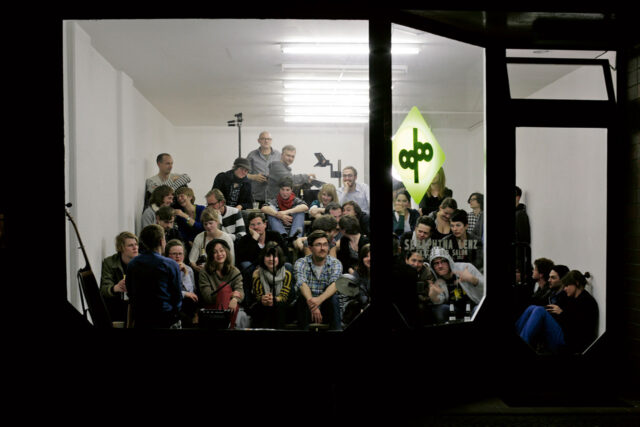
What’s love gonna do with it, Geschichte \ Erinnerung \ Öffentlicher Raum, 2020

Außer vielleicht eine Konstellation, Hommage à Giandomenico Tiepolo, 2020

Seraphina Lenz, Skizze und Salon, 2012, Lesekonzert D. Seel, R. Scheffler, A.Töpfer, Foto: K. Zimmermann